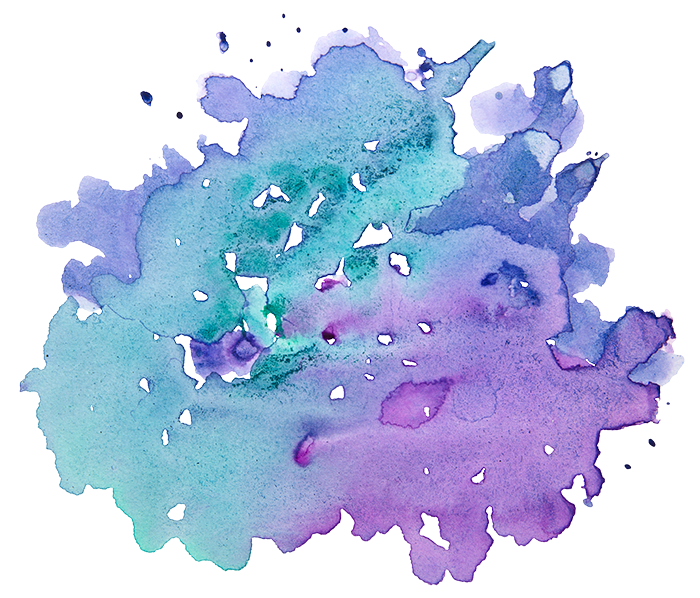by Elyse Shuster
 I recently returned from a trip to southern Spain and Morocco. Part of the appeal of this region was its rich Jewish history, and I was definitely not disappointed!
I recently returned from a trip to southern Spain and Morocco. Part of the appeal of this region was its rich Jewish history, and I was definitely not disappointed!
While much of the Jewish history in Spain is the story of a “golden age” cut short by the expulsion of the Jews in 1492, Morocco’s Jewish history is somewhat more complex. Morocco was a home for Jews following the destruction of the 2nd Temple in 70CE. These  Jewish communities mixed with the Amazigh, but were later dominated by the Sephardic Jews who escaped Spain for Morocco in the late 15th century. The Jews of Morocco mostly lived in mellahs – Jewish quarters, the first of which was established in Fez in 1438. Over the years, Morocco became home to the largest Jewish population in the Muslim world, and its current leader King Mohammed VI, vowed to restore the country’s synagogues.
Jewish communities mixed with the Amazigh, but were later dominated by the Sephardic Jews who escaped Spain for Morocco in the late 15th century. The Jews of Morocco mostly lived in mellahs – Jewish quarters, the first of which was established in Fez in 1438. Over the years, Morocco became home to the largest Jewish population in the Muslim world, and its current leader King Mohammed VI, vowed to restore the country’s synagogues.
In every city that we visited, our guides were quick to point out the old Jewish quarters, and took pride in their Jewish history – especially their role in taking in the Jews who were forced to flee Spain. In Fez, our guide brought us through winding alleys in the mellah to the Ibn Danan Synagogue – one of the oldest synagogues in North Africa. It is no longer in use, and a family lives in the floors and rooms surrounding the sanctuary. What was once the upper women’s balcony is now home to toddler toys and trucks!
 Over the past 20 years the synagogue has been restored by the World Monuments Fund and other Jewish Heritage organizations. The synagogue was built in the 17th century and contains the only complete set of Moroccon synagogue fittings in existence, including the reader’s platform, wooden carved arks, wooden benches, oil lamps, etc. The floor is a beautiful green and white tile.
Over the past 20 years the synagogue has been restored by the World Monuments Fund and other Jewish Heritage organizations. The synagogue was built in the 17th century and contains the only complete set of Moroccon synagogue fittings in existence, including the reader’s platform, wooden carved arks, wooden benches, oil lamps, etc. The floor is a beautiful green and white tile.

As we walked around the sanctuary, I noticed a cutout in the beautiful floor, and was told by our guide that below us was a mikveh! He was surprised that I knew what a mikveh was, and perhaps more surprised that I asked to see it.
 We were able to see the vessel (right) that was used to heat the water, as well as the mikveh itself, and the cut-out in the floor, through which they would pour the water.
We were able to see the vessel (right) that was used to heat the water, as well as the mikveh itself, and the cut-out in the floor, through which they would pour the water.
It was amazing to see a mikveh of this period, and so exciting to realize that it had been preserved. Of course, it also made me extremely thankful, as always, that we have such a beautiful mikveh here at Mayyim Hayyim!
Elyse lives in Belmont with her husband Todd and her beloved 14 1/2 year old yellow labrador Duncan. Her 3 daughters are all grown up and each has spent time learning and/or immersing at Mayyim Hayyim. She has been a guide, an educator, and a learner at Mayyim Hayyim for many years. She thanks Rabbi Jonathan Kraus for introducing her to Mayyim Hayyim in 2004.

